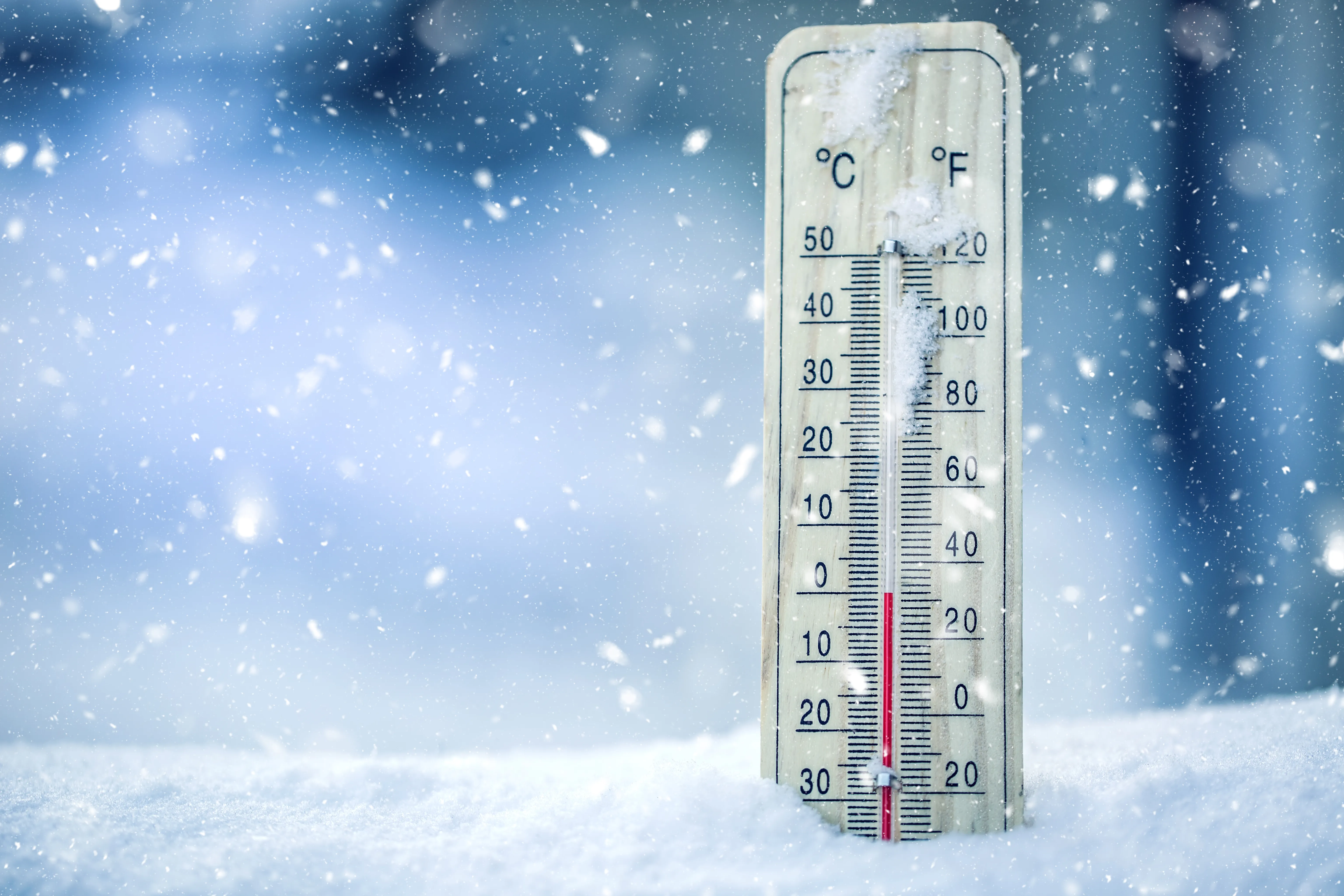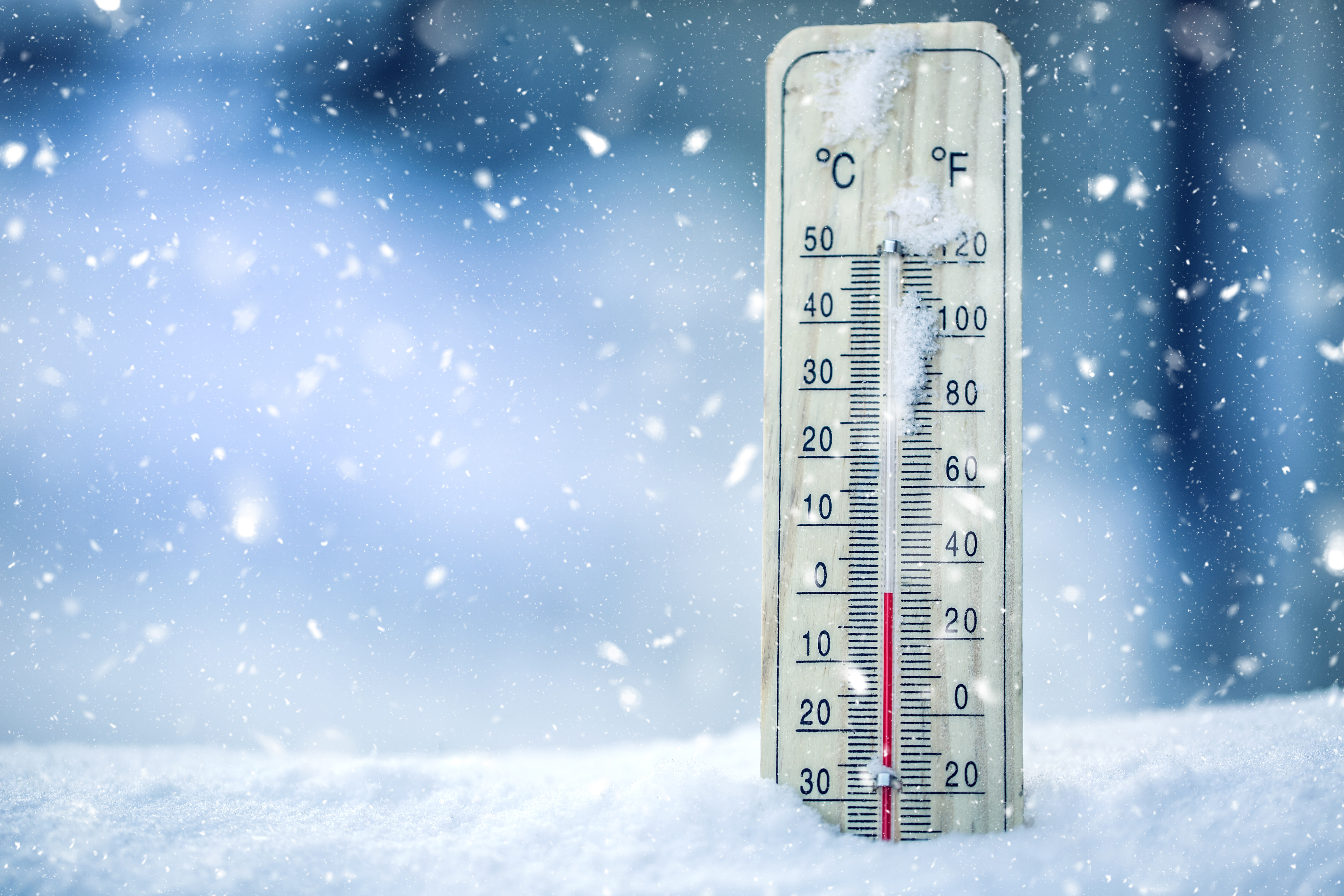For some people, winter is the most exciting season of the year, but for most, the chilly cold that winter brings is just too much to bear. Fortunately, with an online search, you can explore a variety of innovative ways to stay warm.
If you find yourself shivering during the coldest months of the year, you aren’t alone. But, the right tips can help you increase your temperature and feel more comfortable, even as the thermometer nears 0 degrees.
1. Warm Yourself Up Before Warming Your Home
When you arrive home from work and the house is freezing, it’s tempting to head straight for the thermostat or heater and turn them up as high as possible. The only problem is that in order to feel warmer, your heaters will need to fill the entire house with heat. And unless you live in a very small apartment, that’s not going to help you warm up right away.
Instead of warming up your living space, focus on getting yourself warm first. Wrap yourself in a blanket or grab a sweater and cozy socks. Once you’ve warmed your body, you can turn up the heat to warm your home. You’ll find that you can warm yourself up much faster than your heater can heat the house.
2. Buy a Smart Thermostat
There are a number of smart thermostats available today. And while they aren’t cheap, especially compared to an old standard thermostat, most smart options promise that you’ll quickly recoup the initial cost by saving energy.
A smart thermostat can automatically adapt without having to be programmed. Via a smartphone app, you can tell the thermostat when you’re away from home and it’ll automatically turn down the heat. You can adjust the temperature of your house from your phone, which means you can make sure it’s nice and cozy when you get back from work.
Some options even offer temperature sensors that you can place in different rooms of the house. This will help you ensure heat is getting where you need it most, making the most out of your energy use.
3. Trick Your Thermostat
If you’re renting or living in a larger building with centrally controlled heating and cooling, you may not be able to control the temperature of your living space. But here’s a little trick that may help activate your locked thermostat and warm up your home.
Try holding something extremely cold near the sensors. That way, the system will take in cold air and assume the rest of the room is equally cold. If it’s programmed to turn on when the temperature drops below a certain point, it’ll activate.
4. Hang Warmer Curtains
Windows can let a lot of light in – but they can also let warm air out, especially if they aren’t insulated. And surprisingly, your curtains can actually improve your home’s ability to keep warmth indoors.
You can keep your home toasty warm by ensuring you have the right curtains. Light, airy curtains made of gauze or linen are great for summer, but in the winter, swap them out for heavier curtains made with materials like velvet or damask. These thick curtains will help keep the heat from dissipating through large window panes.
You can even buy curtains with thermal panels sewn in. Just make sure to keep your curtains pulled back if it’s sunny outside, as the sun can raise the temperature in your home.
5. Move Your Bed Away From the Wall
One of the worst things you can do during the winter is put your bed against an exterior-facing wall. When temperatures drop outside, the walls of your home also become cold – and if your home isn’t well insulated, you’ll wind up feeling equally cold.
It’s a lot harder to get heat to stay under your blankets and quilts if your bed is touching the cold exterior wall. You don’t have to move it all the way across the room; moving it even an inch or two away from the wall will help. Keep your bed even warmer by layering lofty blankets closer to your skin and placing denser blankets on top. This will help keep warmth closer to your body.
6. Use Your Ceiling Fan
Did you know that running your ceiling fan can keep you both cool and warm? If you’ve ever wondered why your ceiling fan has two different settings, wonder no more.
There are two settings on every fan because spinning clockwise pushes warm air downwards, while the counterclockwise setting moves hot air up and away. While a counterclockwise motion is great for helping to dissipate heat in the summer, in the winter, you can help keep hot air lower down by running your fan on low in a clockwise direction.
7. Avoid Coffee and Other Caffeinated Beverages
When it’s cold out, it’s tempting to reach for a cup of coffee or tea to warm up. The shock of heat feels fantastic, and it helps you feel much warmer while you’re drinking and holding the beverage.
However, if you’re trying to stay warm, you’ll want to avoid drinking too much caffeine. Caffeine constricts blood vessels, which restricts blood flow. And that will only make you feel the cold more acutely.
If you’d like to warm up with a hot beverage, reach for a decaffeinated tea or hot chocolate.
8. Choose Your Clothing Carefully
You can choose from a huge selection of special cold weather gear to wear during winter. But while special fabrics are being engineered to combat cold temperatures, you need to look for certain kinds of garments.
Always check the label before buying – or wearing – winter clothes. Some fabrics can offer added warmth, while others can actually make you feel even colder.
Outdoor adventurers always reach for natural fabrics like merino wool or cashmere over technical fabrics and cotton. Thicker fabrics, like wool and cashmere, will keep your body heat in better. And wool is capable of repelling and absorbing water at the same time, which means it will keep you warm and dry for much longer than any other material.
Cotton, one of the most common clothing fabrics, is the worst thing you can wear on a cold day. This fabric soaks up sweat, which quickly turns cold and takes forever to dry.
9. Carry Extra Socks
Whether you’re hiking or commuting to work, one of the worst aspects of winter is having to spend an entire day cold and wet because your socks won’t dry.
Even when temperatures drop, your feet will continue to sweat during winter. Even the most technical hiking socks are vulnerable to sweaty feet. And it’s really hard to warm up when your feet are wet.
So, keep a spare pair of socks with you. You can change your socks when they become too damp, and you’ll never have to suffer through an entire day with cold, wet feet again.
 Marian Weyo / Shutterstock
Marian Weyo / Shutterstock